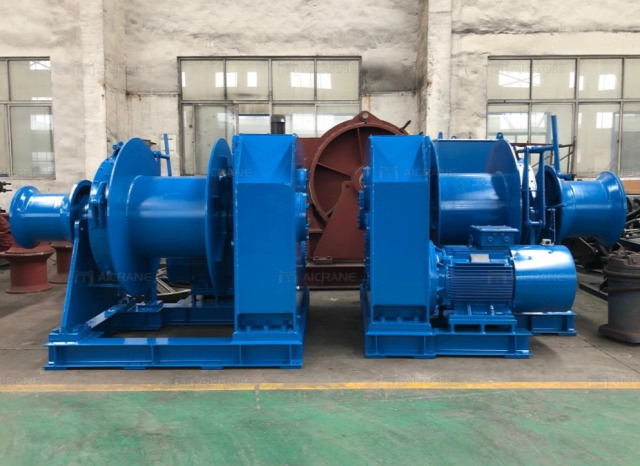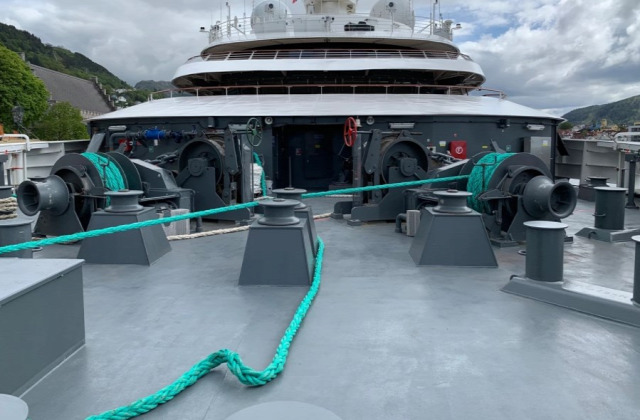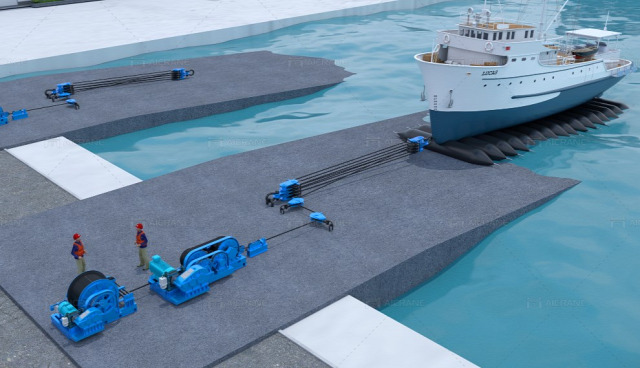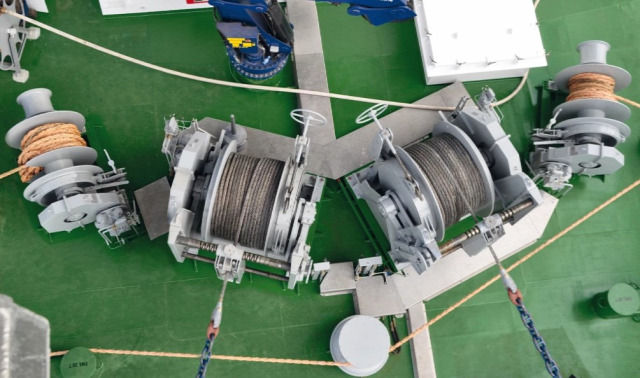Rubber tyre gantry cranes (RTGs) are versatile and efficient lifting machines widely used in container terminals and intermodal yards. These cranes offer mobility and flexibility, thanks to their rubber tyres that enable them to travel across the yard. Operating an RTG requires skill, precision, and adherence to safety protocols to ensure efficient and safe container handling. In this article, we will discuss essential operation tips for rubber tyre gantry cranes that can enhance efficiency and safety in container terminal operations.
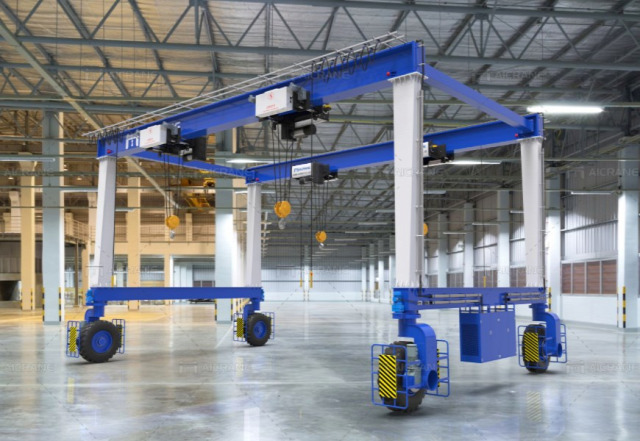
Pre-Operation Checks
Performing thorough pre-operation checks is vital before using an RTG. Inspect the crane for any signs of damage, wear, or malfunction. Check the tyres, brakes, hydraulic systems, electrical components, and safety devices. Ensure that all systems and controls are functioning properly and that emergency stop buttons are easily accessible. Regular maintenance and inspections help identify and address any potential issues, preventing accidents and breakdowns during operation.
Familiarize with Controls and Systems
Before operating an RTG, operators should be thoroughly familiar with the crane's controls, systems, and safety features. Understand the functions of each control lever, joystick, and button. Be aware of the different modes of operation, such as hoisting, gantry travel, and trolley movement. Understanding the crane's control systems and safety features ensures smooth and precise operation, reducing the risk of accidents and damage to containers or the crane itself.
Container Positioning and Handling
Efficient container positioning and handling is crucial in container terminals. Pay attention to proper container placement, alignment, and stacking. Use the crane's spreader or twist locks to securely grip containers during lifting and movement. Ensure that containers are properly balanced and centered to maintain stability during transportation. Proper container handling minimizes the risk of dropped containers, damage, or accidents, and enhances operational efficiency.
Optimize Travel Speed and Control
RTGs offer mobility and flexibility, and optimizing travel speed and control is essential for efficient operations. Adjust the travel speed based on the specific task and environment. Slow down when navigating corners, passing through congested areas, or approaching stacking blocks. Maintain control over the crane's movements to ensure safe and precise positioning. Adhering to speed limits and using caution during travel enhances safety and minimizes the risk of collisions or accidents.
Weather Conditions and Wind Effects
Consider weather conditions and wind effects when operating an RTG. Strong winds can impact the stability of the container crane and the loads it carries. Be cautious when lifting or moving containers in windy conditions, and avoid lifting containers during severe weather conditions that could pose a safety risk. Stay updated on weather forecasts and take necessary precautions to ensure safe operation.
Communication and Collaboration
Effective communication and collaboration among RTG operators, ground personnel, and other crane operators are crucial for safe and efficient operations. Establish clear communication protocols and use standard hand signals or radio communication to relay information. Coordinate with ground personnel during container positioning and stacking. Collaborative efforts and effective communication minimize errors, streamline operations, and enhance overall productivity.
Adherence to Safety Protocols
Safety should always be a top priority when operating an RTG. Adhere to safety protocols, follow established procedures, and use personal protective equipment (PPE) as required. Conduct regular safety meetings and training sessions to keep operators updated on best practices and safety guidelines. Encourage a safety-first culture among the operators and ensure that all safety devices and emergency systems are in working order.
Ongoing Training and Skill Development
Continual training and skill development are essential for RTG operators. Stay updated on industry trends, new technologies, and best practices in RTG operations. Attend training programs or workshops to enhance skills and knowledge in operating RTGs. Regular training and skill development improve efficiency, reduce errors, and ensure safe and effective RTG operations.
Conclusion
Operating a rubber tyre gantry crane requires skill, precision, and adherence to safety protocols. By following these operation tips, including performing pre-operation checks, familiarizing with controls and systems, optimizing travel speed and control, considering weather conditions, prioritizing communication and collaboration, adhering to safety protocols, and ongoing training, operators can enhance efficiency and safety in container terminal operations. Efficient and safe RTG operations contribute to streamlined container handling, increased productivity, and improved operational success in container terminals.


